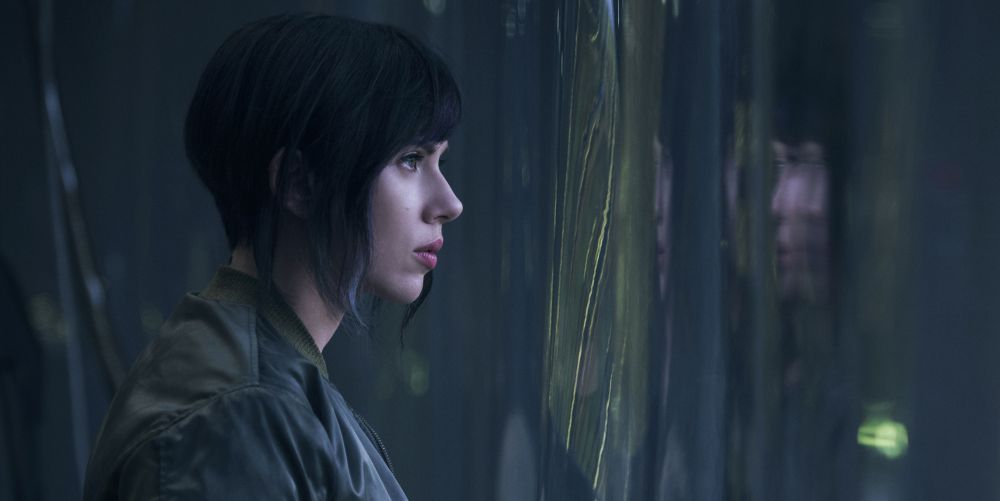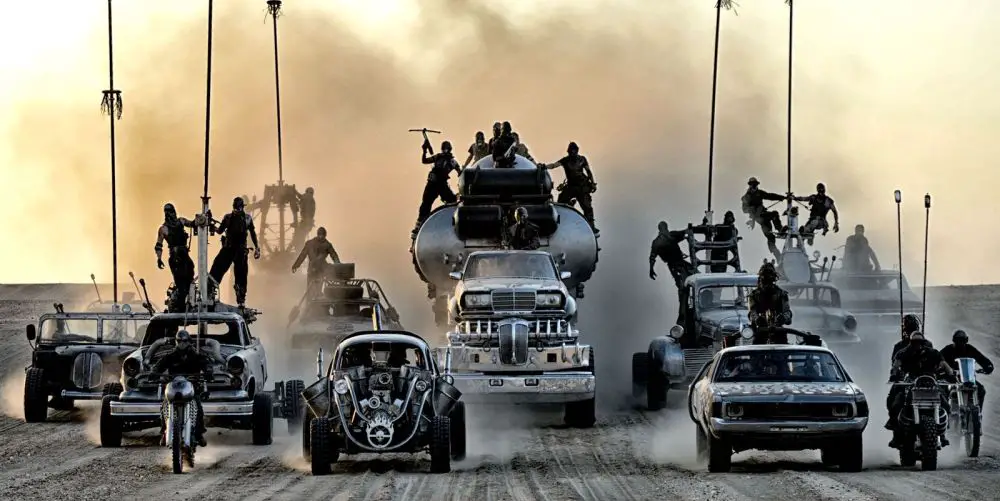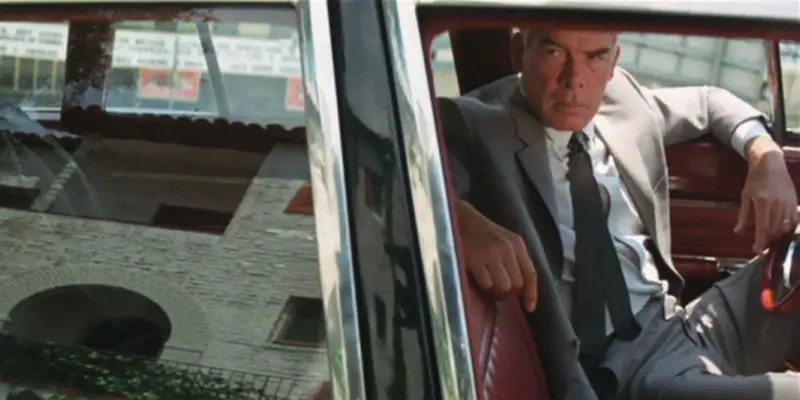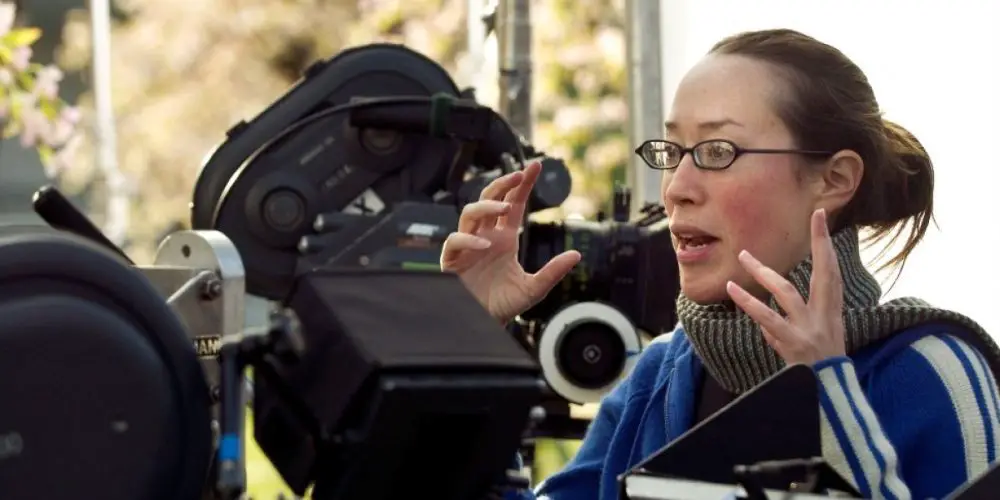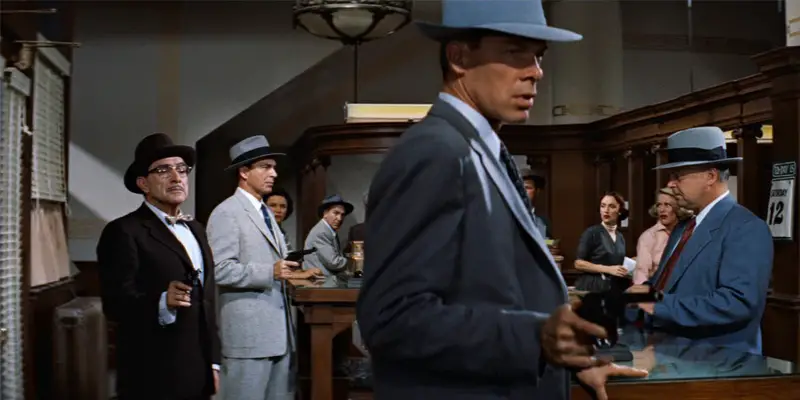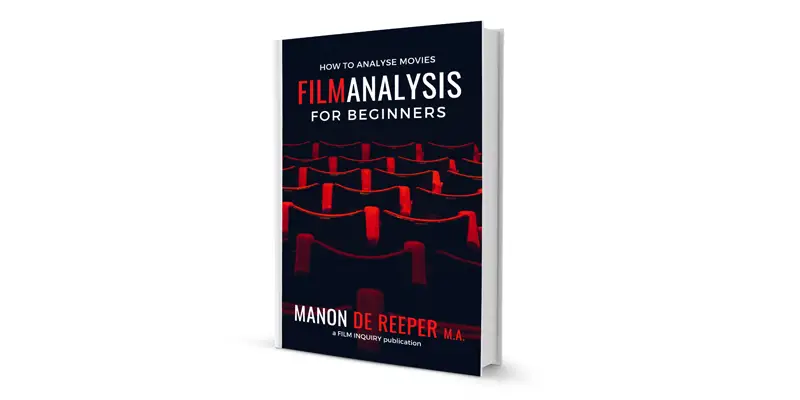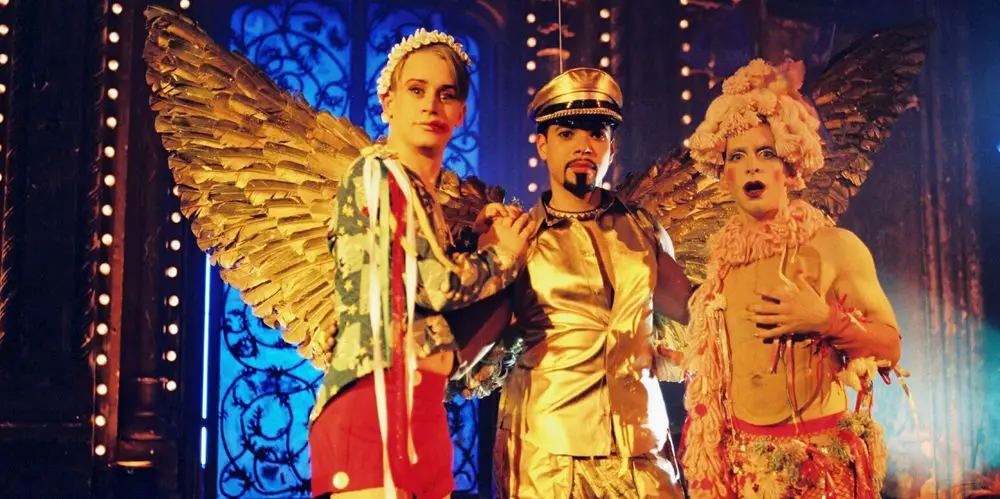Features
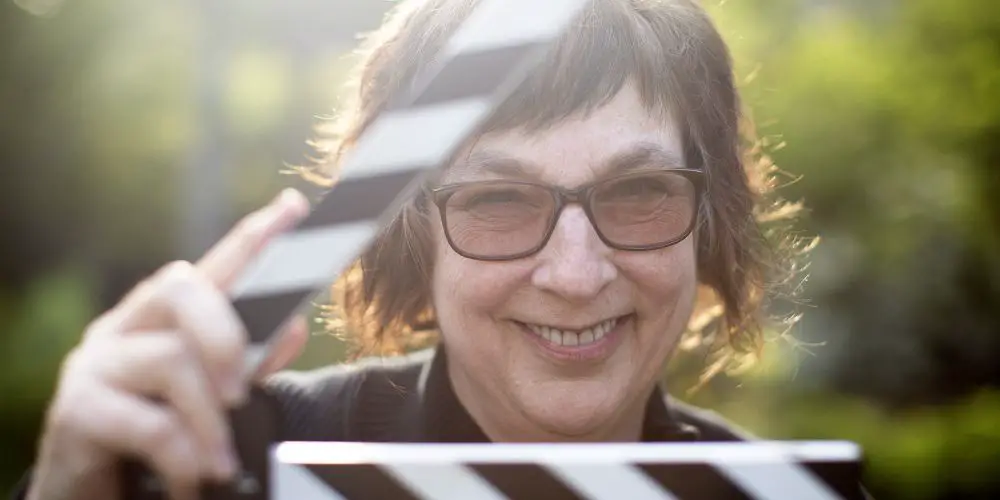
Bluestocking Film Series is an an exclusive showcase for provocative, well-produced films that feature complex female protagonists driving the narrative and leading the action. Moreover, all films submitted to the series must feature a female protagonist, and must pass the Bechdel-Wallace Test. It’s the first ever U.
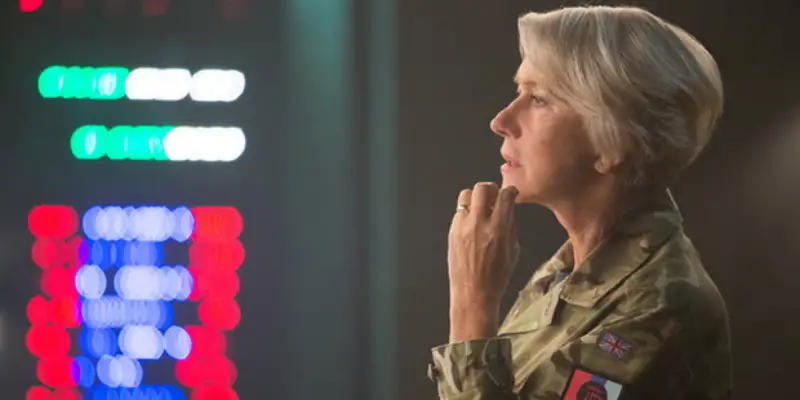
In part one of ‘Gender at War’, we looked at several films which have changed the perception of women in war. Traditionally, women have been pushed to the side – presented as Madonnas (wives, mothers or whores) with no space for them in the gritty action. The increased presence of women as soldiers in war films (instead of passive grieving objects) has forced other questions about the act of war to arise.

MixKnowledgy is the brainchild of two up-and-coming entrepreneurs, Erman Baradi and Brandon Waites. Erman Baradi, born and raised in Virgina Beach, is an aspiring screenwriter and multi-tasker breaking into Hollywood from the East Coast. He launched the Rel/Event Series in 2015 which featured panels of established speakers in the entertainment industry, primarily in film and television.
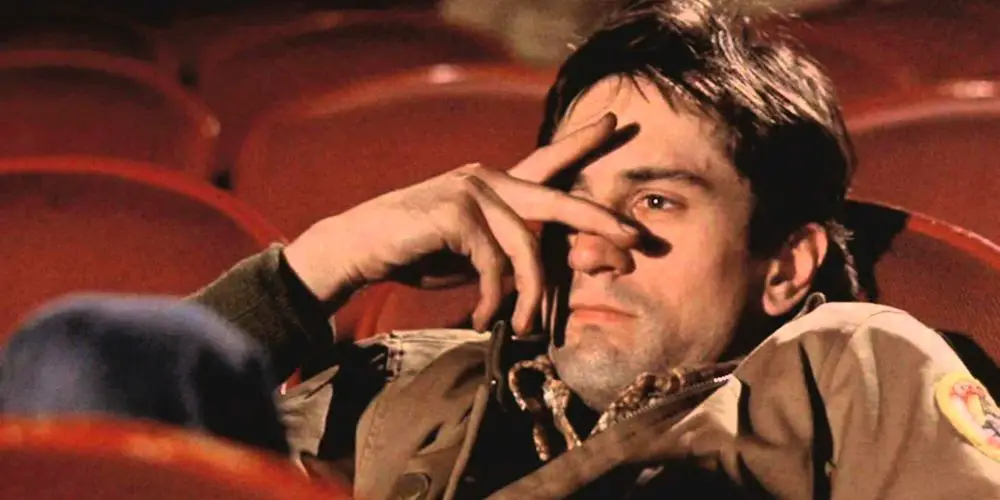
Post-traumatic stress disorder – abbreviated as PTSD – has been a subject in film as far back as the 1946 John Huston documentary Let There Be Light. Since the Invasion of Iraq, it’s become a prevalent concept. One of the most original to have been made is Martin Scorsese’s 1976 classic Taxi Driver.
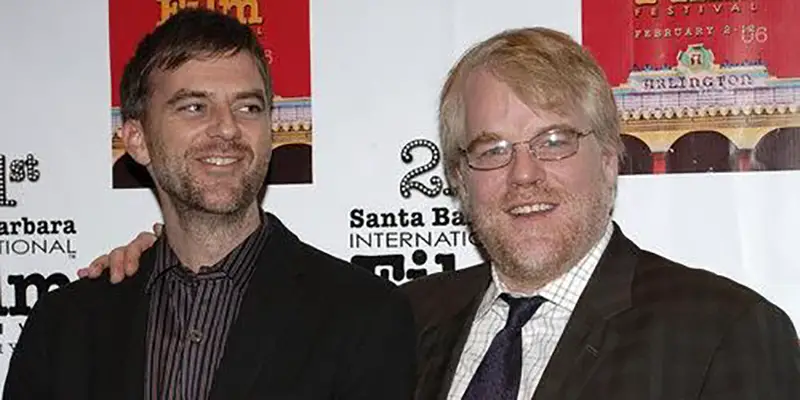
Though film is an inherently collaborative medium, requiring careful cooperation of dozens of individuals, there are two roles that get singled out as being most responsible for the final product. Representing the technical marvels behind the camera and the beauty in front of it, directors and actors are Hollywood’s lifeblood, providing a face for the art that took the efforts of countless unseen. Sometimes, a director/actor tandem proves so gripping or successful, that a personal and professional bond is forged, and the two continue to work together; sometimes it’s a brief burst, while other times it’s a career-long relationship, but often the familiarity working teams have with one another results in a film of elevated artistic achievement.
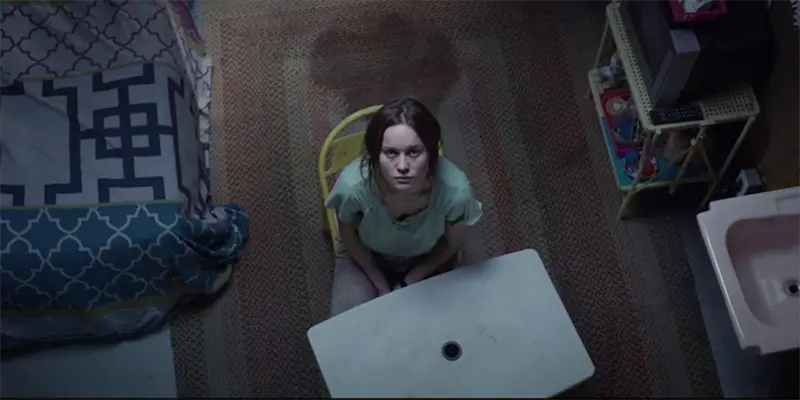
Because the Internet can take a person virtually anywhere in the world and provide potentially infinite vats of knowledge, raising children in a dictatorial environment nowadays seems more ridiculous than ever. The mechanics of detaining an adult with an existing awareness of the outside world is even more bewildering, because chances are they’ve read about the Josef Fritzl case and have at least some idea of how to escape. Alas, cinema, ever the portrayer of such cultural terrors, has provided startling means with which to explore such a phenomenon.



